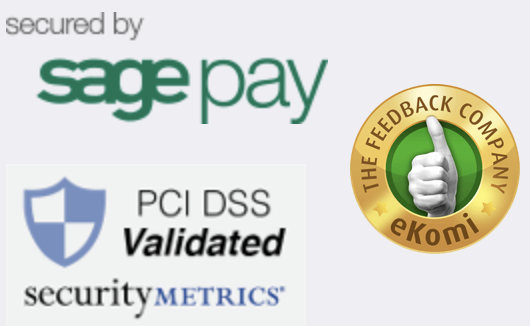Defibrillators are used to treat a person in Sudden Cardiac Arrest(SCA). They work by giving a high-energy electric shock to the heart of someone in cardiac arrest in an attempt to restore the heart's natural rhythm.
The high-energy electric shock is called defibrillation and, when combined with effective CPR is the only definitive treatment for SCA.
A defibrillator only shocks the heart when a shockable rhythm has been detected. The defibrillator analyses the heart rhythm through the electrode pads that get attached to the chest.
The most common shockable rhythms associated with cardiac arrest are ventricular fibrillation (VF or v-fib) and ventricular tachycardia (VT or v-tach).
When a shockable rhythm is detected, the defibrillator tells you that a shock is advised. If you have a fully-automated defibrillator, the device tells you to "stand back, shock delivering in 3, 2, 1" and automatically deliver treatment. If you have a semi-automated defibrillator, you are required to press the flashing button in order to administer the shock.
What to do when there is No Shock Advised
When a shock is not required, the device will say "no shock advised".
If the heart does not have a shockable rhythm, it does not necessarily mean the heart rhythm is back to normal. There are unshockable cardiac rhythms known as asystole or pulseless electrical activity. These rhythms are not treatable by shock. No harm can be done by using a defibrillator, the device only shocks when required.
The defibrillator continues to analyse the heart for as long as the pads are kept on the chest. It is important to keep the pads attached to the chest in case the heart does go into a shockable rhythm whilst you continue with CPR.
If the device later detects a shockable rhythm, the voice prompts will tell you to stand clear, shock advised.
Sudden Cardiac Arrest does not discriminate. Anyone can suffer an SCA at any time or place and sadly just 1 in 10 people survive a cardiac arrest. This is often due to a lack of quick and effective treatment.
For every minute that passes without treatment, the chance of survival decreases by 10%. As it takes an average of 9 minutes for an ambulance to arrive, the person who has suffered a cardiac arrest depends on help from bystanders during this time for the best outcome.
However, people lack the skills, ability, and confidence to step in and help. In fact, a poll conducted for the BHF found that only 29% of people said they would be confident in performing CPR on a loved one and just 22% of people would feel prepared to deliver CPR to a stranger if it were required. The poll also found that 46% of people would be put off helping someone in cardiac arrest for the fear of causing more harm than good.
A defibrillator only administers a shock when a shockable rhythm is detected. It's not possible to shock a person when it is not required.
More Information
When responding to a cardiac emergency, it's important to try and remain calm and listen carefully to the defibrillator voice prompts. The defibrillator guides you through the rescue process. If the defibrillator says "No Shock Advised", the pads should be kept adhered to the chest to allow the device to continuously analyse the heart whilst you perform CPR.
Do not hesitate to get in touch with any questions you have about defibrillators and their use.
defibshop are committed to equipping everyone with the skills and knowledge to save a life. Speak to one of our Product Specialists on 0161 776 7422 or fill out our Contact Form.






